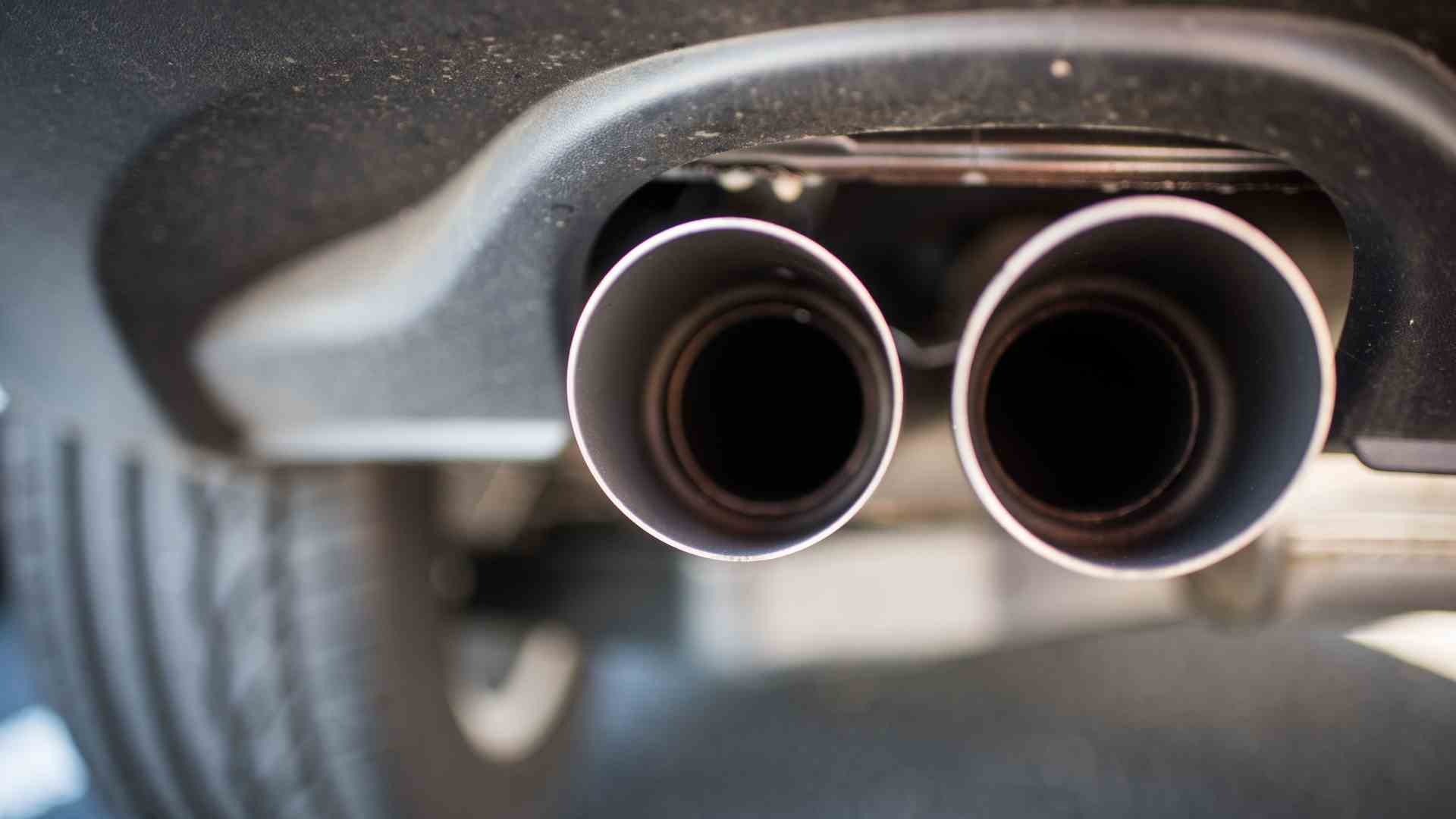Status: 05/16/2022 3:23 p.m
New car buyers in Germany are turning away from traditional vehicles with diesel and petrol engines. Instead, they are increasingly buying cars with alternative drives.
According to figures from the Federal Motor Transport Authority (KBA), more and more drivers are saying goodbye to classic combustion engines: From January to April this year, 31 percent more purely electric cars were registered. The proportion of all new registrations rose to 13.1 percent. The German brands accounted for a total of 50.8 percent of newly registered passenger cars with electric drive in the reporting period. If you include plug-in hybrids and fuel cell cars, the share was a good 24 percent.
Audi ahead of BMW and Mercedes
Together with hybrid vehicles, vehicles with gas engines and hydrogen vehicles, the share of alternative drives in the total registration volume of 806,218 cars was 44.5 percent. A year ago it was just under 38 percent.
Of the German manufacturers, Audi achieved the highest share in the first four months with almost 70 percent, followed by BMW with 65 percent and Mercedes-Benz with almost 54 percent. Among the import brands, Suzuki, Honda, the Toyota subsidiary Lexus and Volvo even each managed a share of over 90 percent. Tesla continued to lead import brands as the highest share and highest volume brand with 100 percent share and 15,058 EVs.
That means “alternative drive”
What does the Federal Motor Transport Authority mean by alternative drives? It distinguishes five categories. One of them are purely electric cars, so-called Battery Electric Vehicles (BEV). This is to be distinguished from so-called plug-in hybrids, which have both an electric motor and an internal combustion engine, both of which can be used for propulsion.
The battery can be charged either by the combustion engine or by plugging it into the mains. In contrast, in the third category, hybrid vehicles, the comparatively small battery can only be charged via the combustion engine.
Gas vehicles also burn either liquid gas, the so-called LPG or gaseous natural gas. If the gas tanks are empty, most of these models have relatively small reserve tanks for petrol.
Hydrogen cars or fuel cell cars are also electric cars. The stored hydrogen is converted into electricity using a fuel cell, which in turn drives an electric motor. However, in order to absorb short-term power peaks, hydrogen cars also have small batteries.

